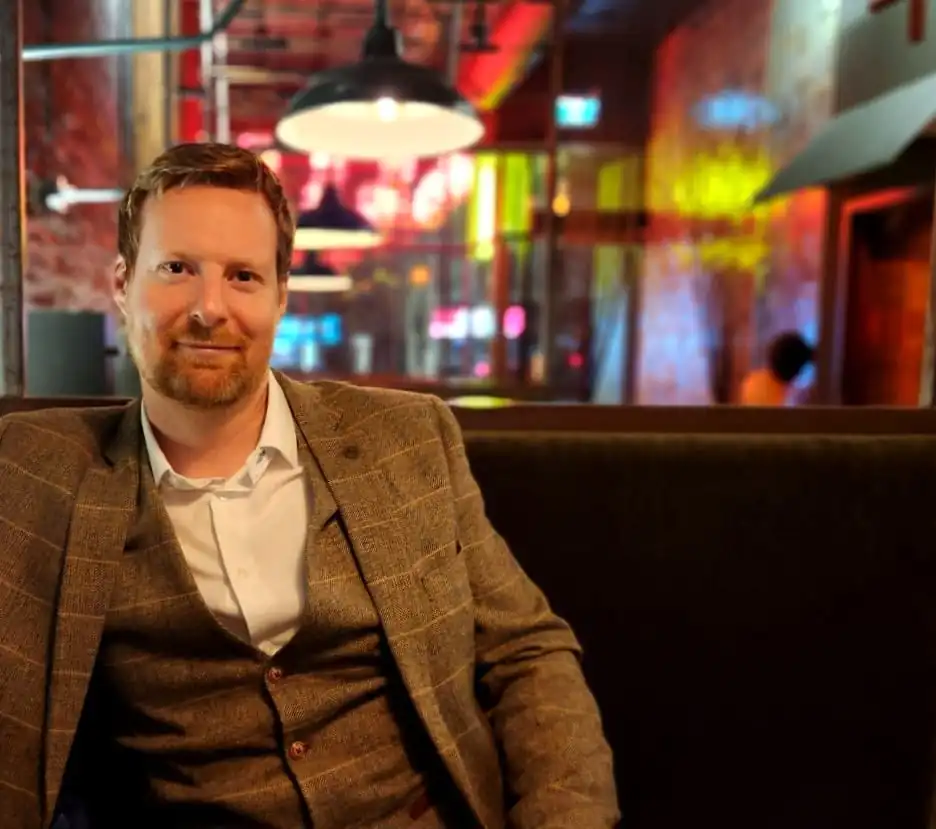Part 1 of 3
Introduction
Franchising is a proven method for expanding a business, but while the concept may seem straightforward, the execution is far from simple. Many people outside the franchising world misunderstand and miscategorize it. It’s more than just a growth strategy; it’s an entirely different business model that requires careful consideration and planning.
This article is the first in a three-part series that explores what franchising really is, how it operates, and the key steps you need to take if you’re considering franchising your business—specifically in the children’s activities sector.
Franchising in a Nutshell
At its core, franchising allows you to package your successful business model and license it to others, enabling them to operate under your brand using your systems and methodologies. In exchange, franchisees typically pay an upfront franchise fee and ongoing royalty payments.
However, franchising isn’t just about expanding your existing business—it’s about transitioning into an entirely new one. You’re no longer just running a business; you’re now in the business of franchising, which involves selling franchises, training and supporting franchisees, and managing a growing network.
While this model can be highly lucrative and scalable, it comes with its own set of challenges. Franchising isn’t for everyone, so it’s essential to take the time to evaluate whether it’s the right path for you before diving in.
Step 1: Is Franchising the Right Model for You?
Before committing to franchising, it’s important to understand that there are many different ways to expand a business, and franchising is just one option. Research alternative models and decide whether franchising aligns with your long-term vision.
Franchising offers rapid expansion potential, but it’s also a long-term commitment—especially in the children’s activities sector, where relationships are at the heart of the business. Franchise agreements typically span at least 5 years, with renewal options extending them to 10 or more. This means that choosing the right franchisees is critical, as you could be working with them for a decade or longer.
Speaking with existing franchise owners—both franchisors and franchisees—can provide valuable insights into the challenges and rewards of the model. If franchising still feels like the right path, the next step is to assess whether your business is actually franchisable.
Step 2: Conducting a Viability Assessment
Before investing time and resources into franchising, you need to determine whether your business can be successfully replicated as a franchise. This is known as a viability assessment, and it’s one of the most crucial steps in the process.
A viability study can be conducted in-house, but many business owners choose to work with a franchise consultant. While hiring a consultant can be costly—often several thousand pounds—it can ultimately save you from making expensive mistakes that could cost tens of thousands later on, or even put your business at risk.
What a Viability Assessment Includes
- Assessing Unit Economics
A franchisor’s success depends on the success of its franchisees. Franchising is a mutually beneficial business relationship, not an exploitative one—which is why ensuring strong unit economics is critical.
- Can a franchisee charge enough fees to cover their business expenses, staff wages, and franchise royalties while still making a healthy profit?
- Are your cash flow projections, break-even analysis, and profit and loss (P&L) statements strong enough to support sustainable franchise operations?
- What franchise fees and royalties will you charge to ensure your business remains profitable while allowing franchisees to succeed?
- Determining Simplicity & Replicability
The easier your business is to duplicate and operate, the more franchise-friendly it is. Simplicity is key.
- Is your business model easy to teach?
- Can franchisees be trained quickly?
- Are there processes in place for staff training? (e.g., employee handbooks or training binders)
- While more complex businesses can be franchised, they require detailed training systems and well-documented processes to ensure consistency across locations.
- Considering Logistics & Support Needs
Some franchises involve additional supply chain complexities, such as equipment procurement, location requirements, or specific human resource needs. While these don’t make franchising impossible, they do require additional planning. As long as your business model can be successfully replicated, it can be franchised—but the simplicity of operations will directly impact how scalable your model is.
Final Thoughts
Franchising is an exciting opportunity, but it’s not for every business or business owner. The first step is determining whether franchising is the right model for your growth. If it is, conducting a thorough viability assessment ensures that your business is financially sound, replicable, and scalable before taking the leap.
In Part 2, we’ll explore how to prepare your business for franchising, including legal requirements, operational documentation, and training systems.
Stay tuned.

About the author:
Nick Empson is a qualified business coach, experienced franchise consultant and world traveller. With a passion for working alongside franchisors to help them take their business to the next level, he focuses on operations, vision, strategy, scaling up and international markets. Nick has 18+ years experience in franchising, including a significant tenure at a multi-award winning, global franchise brand seeing it grow from a dozen units in one country to over 330 units across 30 countries. www.levelupbcc.com













